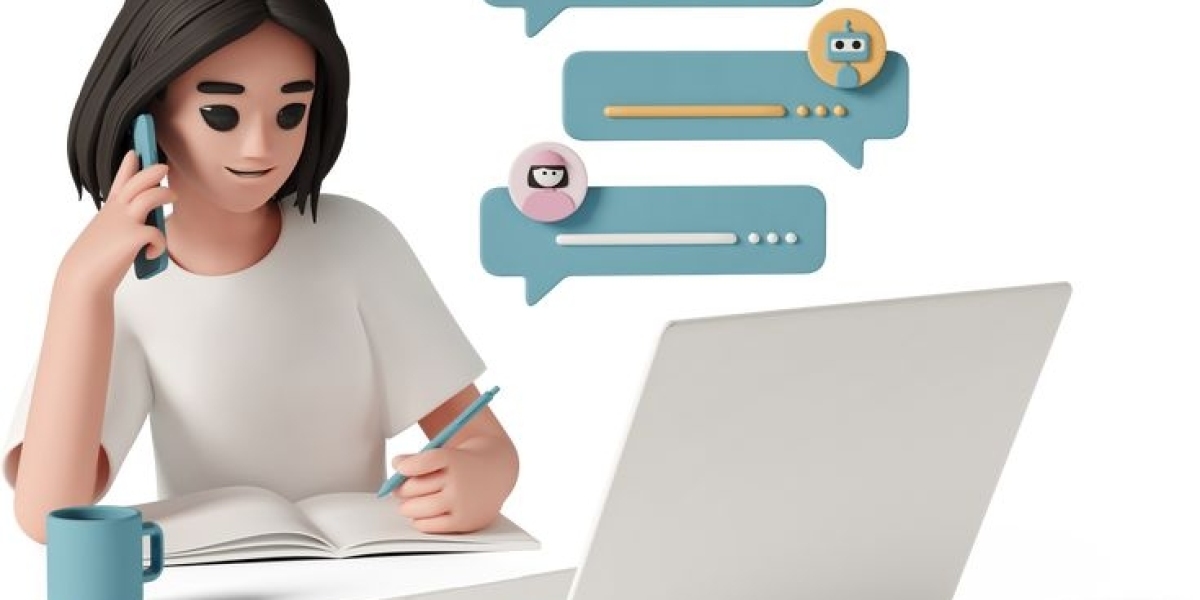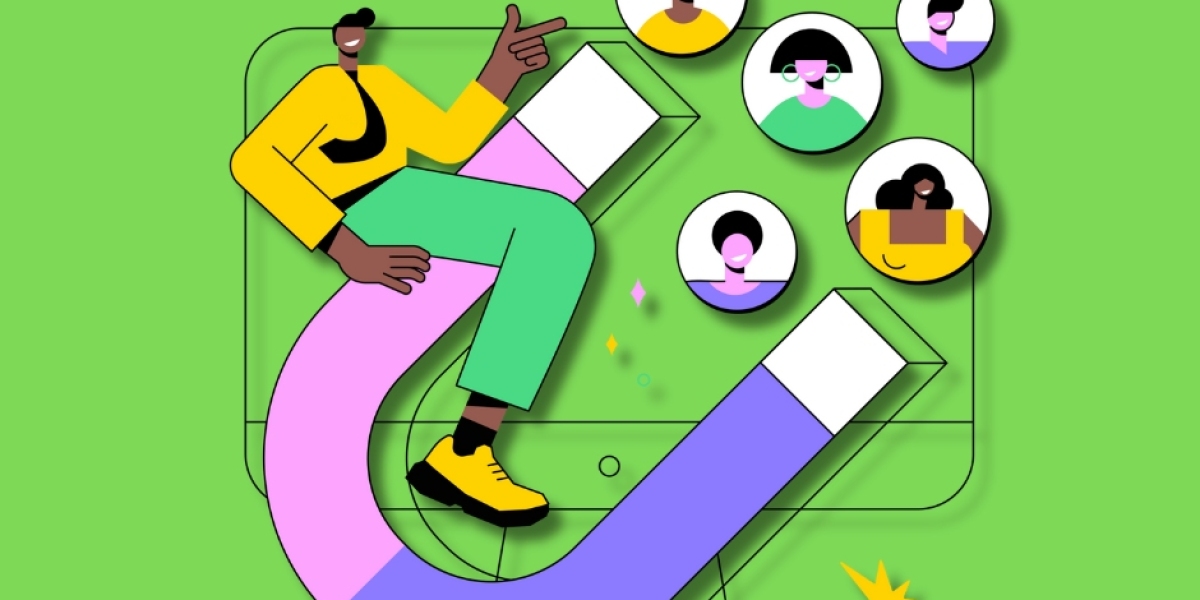In the digital age, where consumers are constantly bombarded with information, personalization in marketing has become more critical than ever. Personalization involves tailoring your marketing efforts to meet the individual needs and preferences of your customers. It’s not just a buzzword; it’s a powerful strategy that can significantly enhance customer engagement and loyalty. Let's explore how to do it right.
Understanding Personalization in Marketing
Personalization means creating a unique experience for each customer based on their behaviors, preferences, and interactions with your brand. This can range from simple actions like addressing customers by their name in emails to more complex strategies like recommending products based on their browsing history.
Why Personalization Matters
Effective personalization can transform your customer interactions. Here’s why it’s essential:
- Builds Trust: Personalized interactions make customers feel valued and understood, building trust and fostering long-term relationships.
- Increases Engagement: When content resonates on a personal level, customers are more likely to engage with it.
- Boosts Conversions: Personalized recommendations and offers can lead to higher conversion rates.
- Enhances Customer Experience: A tailored experience improves overall customer satisfaction and loyalty.
Steps to Effective Personalization
1. Collect and Analyze Data
Start by gathering data on your customers. This can include demographic information, browsing behavior, purchase history, and interactions with your brand. Use analytics tools to gain insights into their preferences and behaviors.
2. Segment Your Audience
Divide your audience into segments based on the data you’ve collected. This allows you to create targeted campaigns that address the specific needs and interests of each group.
3. Create Personalized Content
Develop content that speaks directly to each segment of your audience. This could be personalized emails, targeted social media ads, or customized product recommendations. The goal is to make each customer feel like you understand their unique needs.
4. Use Automation Tools
Leverage marketing automation tools to deliver personalized content at scale. These tools can help you send the right message to the right person at the right time, based on their behavior and preferences.
5. Test and Optimize
Regularly test different personalization strategies to see what works best for your audience. Use A/B testing to compare different approaches and optimize your campaigns based on the results.
Personalization is no longer a luxury; it’s a necessity in today’s competitive market. By understanding your customers, segmenting your audience, creating personalized content, using automation tools, and continually testing and optimizing your efforts, you can significantly enhance customer engagement and loyalty.
Start personalizing your marketing today and watch your customer relationships and business grow.



